INDIAN ARMED FORCES CHIEFS ON OUR RELENTLESS AND FOCUSED PUBLISHING EFFORTS

The insightful articles, inspiring narrations and analytical perspectives presented by the Editorial Team, establish an alluring connect with the reader. My compliments and best wishes to SP Guide Publications.

"Over the past 60 years, the growth of SP Guide Publications has mirrored the rising stature of Indian Navy. Its well-researched and informative magazines on Defence and Aerospace sector have served to shape an educated opinion of our military personnel, policy makers and the public alike. I wish SP's Publication team continued success, fair winds and following seas in all future endeavour!"

Since, its inception in 1964, SP Guide Publications has consistently demonstrated commitment to high-quality journalism in the aerospace and defence sectors, earning a well-deserved reputation as Asia's largest media house in this domain. I wish SP Guide Publications continued success in its pursuit of excellence.
- Operation Sindoor: Resolute yet Restrained
- India’s Operation Sindoor Sends a Clear Message to Terror and the World – ‘ZERO TOLERANCE’
- Japan and India set forth a defence cooperation consultancy framework, talks on tank and jet engines
- Terrorist Attack in Pahalgam in Kashmir: Unfolding a long surgical war against PAK
- Lt General Pratik Sharma takes over Command of Indian Army's Northern Command
The Challenge at Sea
India is navigating troubled waters with escalating Chinese Naval Presence in the Indian Ocean Region
 |
The Author is Former Director General of Information Systems and A Special Forces Veteran, Indian Army |
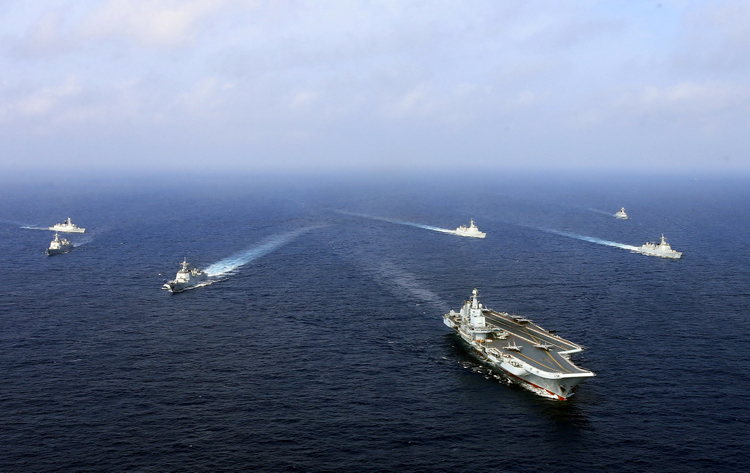
Speaking at the 'Discussion at Council on Foreign Relations' in New York on September 28, 2023, External Affairs Minister S. Jaishankar expressed concern about the increasing presence of Chinese naval activity in the Indian Ocean. He said there has been a significant expansion in the size of the Chinese Navy, which has implications for regional security, and also highlighted the importance of monitoring Chinese port activities, like in Gwadar in Pakistan and Hambantota in Sri Lanka.
China has 57 vessels deployed in the Indian Ocean presently. The PLA Navy (PLAN) has two combat-ready aircraft carriers, the 'Liaoning' and 'Shandong' and the third aircraft carrier 'Fujian' with an electromagnetic catapult is preparing for sea trials. As for the Western Pacific, Admiral Samuel Paparo, C-in-C designate, IPACOM says that the DF-21 and DF-26 rocket bases along the 9,000 mile Chinese coastline have redefined the very principles of naval warfare in the Western Pacific.
India's External Affairs Minister raises alarm over growing Chinese naval presence in the Indian Ocean, emphasising the implications for regional security and the need to monitor Chinese port activities in key strategic locations
Chinese survey vessel 'Shi Yan 6', docked at Sri Lanka's Hambantota port can collect seabed, hydrological, subsea cable data and record telemetry data of India's missile firings. All this will help PLAN's military missions in the Indian Ocean Region (IOR) including Chinese submarines navigating in shallow waters of Malacca Straits and the eastern IOR through the US Navy's 'fish-hook' sensor networks to detect entry of Chinese submarines.
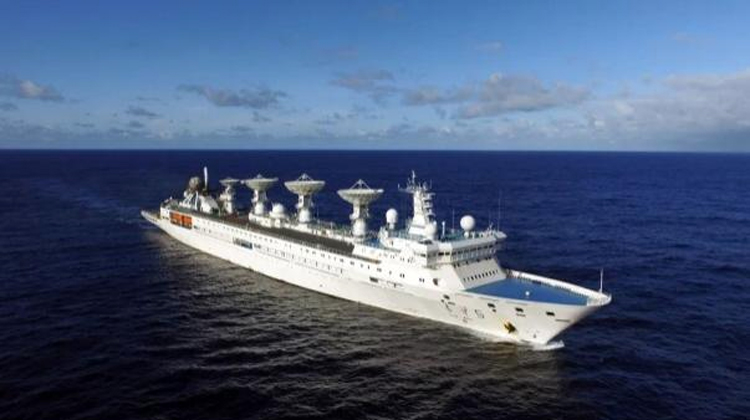
In August 2022, China's space-tracking ship 'Yuan Wang 5', operated by the PLA's Strategic Support Force, docked at Hambantota port. The vessel is scheduled to operate at sea for 28 scientific research projects by 13 onboard research teams, covering more than 12,000 nautical miles. China has 64 "registered" survey ships compared to 44 of the US and 23 of Japan.
Indian Defence Procurement Board deliberates on plans for a second indigenous aircraft carrier, aiming for an improved 65,000 tonne vessel. Analysts note the importance of timely action to maintain a credible naval presence.
The Defence Procurement Board (DPB) of the Ministry of Defence (MoD), during its meeting on September 22, 2023, deliberated upon the Indian Navy's plan to acquire a second indigenous aircraft carrier, akin to the INS 'Vikrant' was commissioned last year, but an improved 65,000 tonne aircraft carrier. The Cochin Shipyard Ltd (CSL) that built INS 'Vikrant', is planned for the project at an estimated cost of 400 billion (approximately $4.81 billion). Notably, construction of INS 'Vikrant' had experienced a significant delay of six years.
The DPB is expected to send the proposal, along with significant modifications and enhancements compared to INS 'Vikrant', to the Defence Acquisition Council in the near term. On September 1, Chief of Naval Staff Admiral R. Hari Kumar told the media, "We are in the process of developing a third aircraft carrier, which will follow the same design as Vikrant." However, he did not specify a timeline for its commissioning.
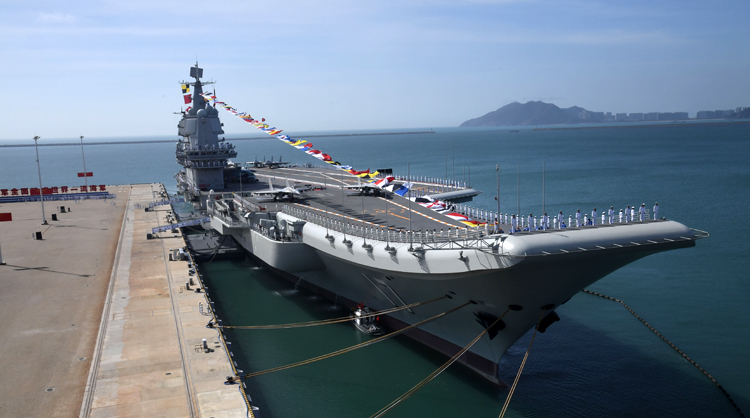
Over the years, Parliament's Standing Committee for Defence have consistently recognised the necessity of having a third aircraft carrier, considering India's extensive coastline and the presence of potential adversaries on both maritime flanks. The Indian Navy also is also of the same view. However, some analysts have opined that even if the DAC acts fast to approve the third aircraft carrier, it would take a decade to get it commissioned, by which time INS 'Vikramaditya' would be on its way out – leaving us again with two aircraft carriers. INS 'Vikrant', currently engaged in flight trials, is expected to achieve full operational status by the end of the year.
Indian Navy's pursuit of indigenous technologies and products under the Defence India Start-up Challenge enhances its maritime capabilities. Investments in advanced equipment, including anti-ship missiles and torpedoes, will bolster the Navy's offensive strength in the region.
The Navy's P-8I fleet comprises eight Poseidon aircraft. The recent upgrades to this multi-role, long-range maritime aircraft involve integration of anti-ship missiles and torpedoes, significantly boosting its offensive capabilities. Equipped with Raytheon's AN/APY-10 radar system, the aircraft has powerful beach and underwater monitoring capabilities even in adverse weather conditions. The aircraft is capable of capturing images beneath the sea surface, with details of the target's size, its speed and the changes occurring in it. According to a naval source, the Navy needs at least six more such aircraft to keep an eye on its surrounding sea and land borders efficiently.
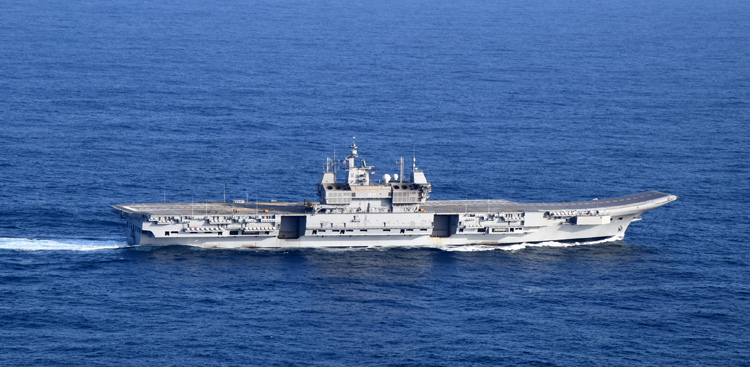
The Navy has announced plans to induct 118 indigenous niche technologies and products, after 113 winners under the Defence India Start-up Challenge (DISC) 7 SPRINT and 5 winners in the DISC 7 SPRINT-PRIME category were declared. Grants up to 1.5 crore and up to 10 crore respectively will be provided to each category, and the development of prototypes of all the winners is being monitored by the Navy.
Some of the technologies/products being inducted are: Carbon Nanotubes/Aerogel-based fabrics with multiple usages including camouflage against IR cameras; Portable RCS Measuring Device capable of independent operation and enabling measures against anti-missile defence; monolithic lens providing unparalleled magnification, and; AI-based barrel crawling bot for damage prognosis & health monitoring of gun barrels, rocket launchers and torpedo tubes.
The Navy has 68 warships and vessels on order. It also has the 'acceptance of necessity' (AoN) for another eight next-generation corvettes, nine submarines, five survey vessels and two multi-purpose vessels to be built in India in the coming years. However, with the slow pace of construction in our shipyards coupled with progressive decommissioning of old ships and budgetary constraints, the speculation is that the Navy will "could" reach a force-level of 155-160 warships by 2030.
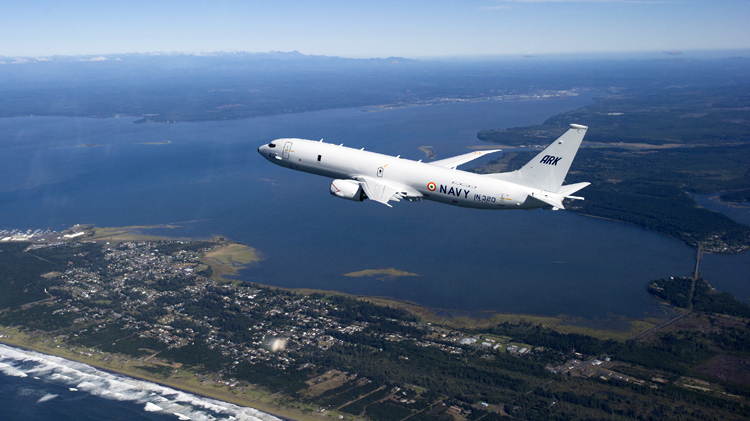
The media quotes a source to say, "The figures are dynamic. But the aim now is to have at least 175 warships, if not 200 by 2035 for credible strategic reach, mobility and flexibility in the IOR and beyond. There will have to be a concomitant increase in the number of fighters, aircraft, helicopters and drones." Another official says, "China has inducted as many as 150 warships over the last 10 years. Projections show the PLAN may well reach 555 warships in another five-six years. Chinese aircraft carriers will also begin to operate in the IOR by then."
The depleting underwater combat arm is another major worry. With the continuing delay in kicking off the long-pending 'Project-75-India' to build six advanced diesel-electric submarines for over 42,000 crore, the government is now going in for three more French-origin Scorpene submarines to be built at Mazagon Docks (MDL). However, the seven 6,670-tonne stealth frigates being constructed under Project-17A (four at MDL and three at GRSE in Kolkata) at an overall cost of 45,000 crore are slated for delivery in the 2024-2026 timeframe.
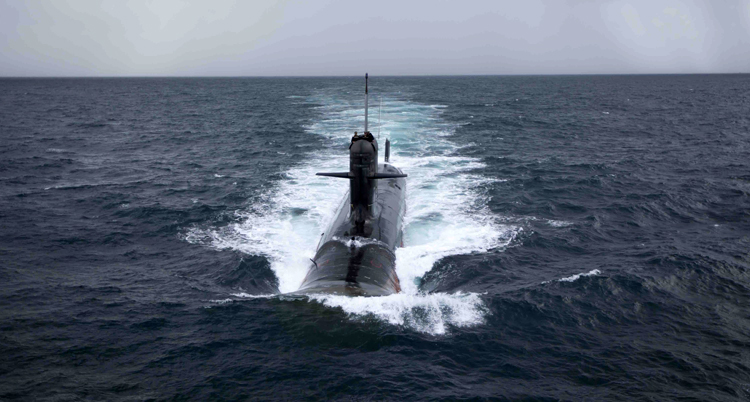
Finally, the Navy plans to add about 60+ ships in the next 10-12 years, which comes to about five ships being built in one year. In contrast, China is building 15 ships annually and its submarine and underwater capability is much more than ours. We need to seriously introspect how we are going to increase production capacity and are we losing the battle of capital procurement with budget allocations remaining the same?





